Numicon is a distinctive multi-sensory approach to children's mathematical learning that emphasises three key aspects of doing mathematics:
- Communicating mathematically
- Exploring relationships
- Generalising concepts to use in solving problems in everyday life experiences and contexts
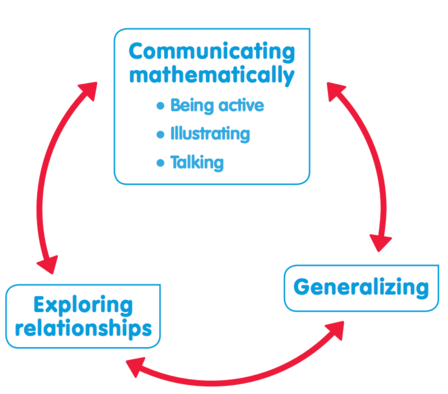
Numicon aims to facilitate children's understanding and enjoyment of maths by using structured imagery that plays to their strong sense of pattern.
This is done through research-based, multi-sensory teaching activities.
*****
Using structured apparatus and learning through play and explorative activities, children love learning!
This builds the confidence necessary to achieve in the face of challenge or difficulty.
*****
It's about playing to their strengths!
Structured apparatus provides imagery, connections and enjoyment. The children's potential to achieve is realised.
Includes all children.
*****
TEACHERS!
Numicon strives to support teachers' subject knowledge and pedagogy by providing high quality teaching resources.
By watching and listening to what children do and say, this enjoyment in achievement is also shared by teachers and parents.
Assessment is a meaningful and valuable experience for everyone.
We provide Professional Development and on-going support that will help develop a better understanding of how to encourage all learners in the vital stages of their own mathematical journey.
*****
Numicon has won prestigious awards and is used in most countries around the world- taken by teachers and parents because it's so successful and enjoyable. The engagement and fun comes back into Maths.
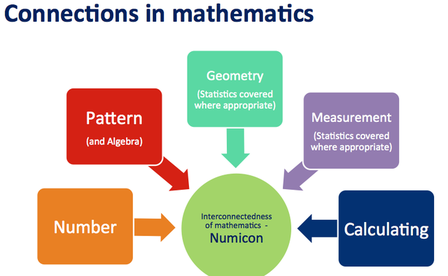
*****
Numicon fulfils the requirements of the NZ Curriculum well.
![]()
NZ Curriculum opens with...
'Mathematics is the exploration and use of patterns and relationships in quantities, space, and time.
Statistics is the exploration and use of patterns and relationships in data.
These two disciplines are related but different ways of thinking and of solving problems.
Both equip students with effective means for investigating, interpreting, explaining, and making sense of the world in which they live.'
*****

Numbers are abstract ideas- all we can do is show representations of them. Pattern - that is 'order' is the first most important beginning of understanding maths. The counting words then have a 'place' and reason behind them.
*****
Numicon shapes and patterns, as well as Cuisenaire rods and Place Value apparatus, can be seen as 'pictures of numbers' - building number sense.
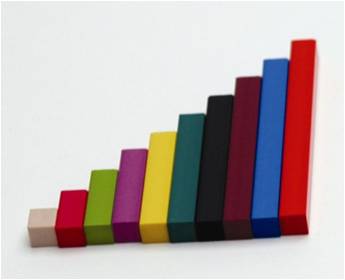
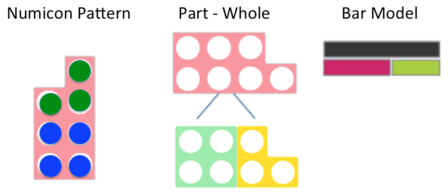
Numicon follows Bruner's sequence of teaching:
Begin with structured concrete materials, then develop imagery with pictorial, at lastly, abstract. Then work them altogether
As a result, Numicon meets all students learning needs! Not many programmes can claim that.
*****
The activities incorporate 'rich' tasks rather than worksheet or text book tasks.
The multi-sensory teaching approach appeals to different learning styles.
Teachers find that students are motivated by the imagery and develop positive attitudes to maths.
*****
What do teachers say?
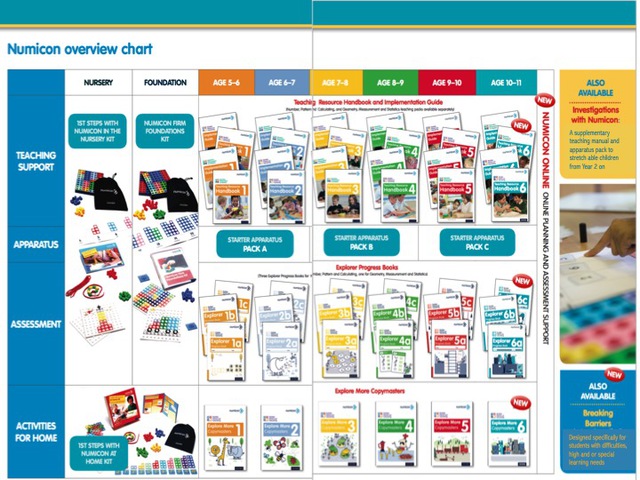
Early Childhood - First Steps with Numicon in the Nursery and Firm Foundations - Learning Through Play
General classroom- New Entrants/Year 1 - Firm Foundations, then Years 2 - 7/8 - Numicon 1 - 6
Gifted and talented Students- Incorporated in Numicon 1-6, Numicon 3 - 6 Pupil Books, and Investigations with Numicon
Special and high learning needs- Differentiated learning in Breaking Barriers for NZC Levels 1 and 2
Intervention- Numicon Intervention Programme for NZC Levels 1 and 2 and Big Ideas for NZC Levels 3 and 4
*****
The teaching resources are the key to success
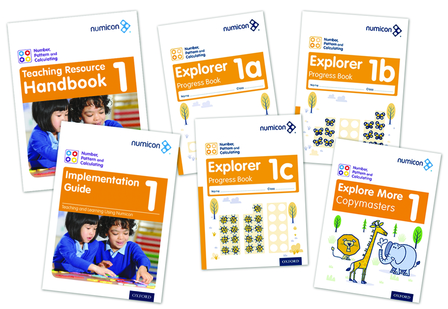
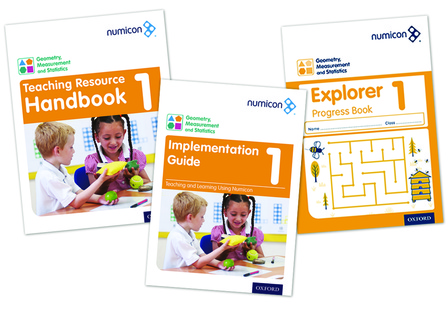
-
Implementation Guide
-
Teaching Handbook
-
Explore More - practical activities for the class and/or home
- Numicon Pupil Books - investigations, rich tasks, problem-solving, explorations and play-based learning
-
Explorer Progress - student booklets for weekly formative assessment
Frequently asked questions:
The number patterns are so different from the Tens Frames used in NZ. Will this be a problem?
The cluster model of the Numicon pattern is easier to subitise 'how many' and children find them easier to work with. Consider dice patterns- they are compact cluster patterns, not lines of dots.
The Numicon patterns show the growing nature of numbers and their relationships. The patterns form a staircase.
The odds and evens are easily shown as well as concepts such as before and after.
![]()
*****
Does this programme fit with the NZ curriculum?
Yes, the Numicon programme and the NZ Curriculum fit well together.
*****
Will our students be able to demonstrate achievement in the National Standards?
Yes, they will!
*****
Are students taught to use mental strategies with Numicon?
Yes, students are taught to use mental and visual strategies. The emphasis in Numicon 1 and 2 is on knowledge so that the strategies taught later have meaning and greater benefit.
Investigations with Numicon provides wonderful learning experiences to encourage curiosity and systematic thinking for students in Level 2 and beyond.
Is this a play-based programme?
Exploration and conversation is very important in the role of learning.
Students are able to converse confidently about their understanding and use their knowledge to solve problems.
Recording their work reinforces their learning and provides a valuable link in the step to working with numbers in an abstract way.
The teaching and learning strategies used in Numicon are research-based and are demonstrated through best practice model of children doing and saying, then recording.
How do I assess my students?
Numicon provides a formative assessment structure
- Daily: Look and listen for students using the correct words and terms as well as how the apparatus is being used, giving insight to thinking and understanding.
- Weekly: Assessment activities found in the Explorer Progress booklets. A teacher will know every week exactly if their students are confident, or need further support the following week.
- Five-weekly Record: A grid of achievements (Milestones) is provided in every Teacher Handbook
- Five weekly: A tracking x-cel file spreadsheet records the progress (throught the Milestones) of every child throughout the year enabling easy documentation to the Ministry for National Standards.
To learn more through videos, go to the Video Page
Many people post their success with Numicon to YouTube, facebook, Pinterest and other social networks. You will find ideas from them and share in their excitement!

